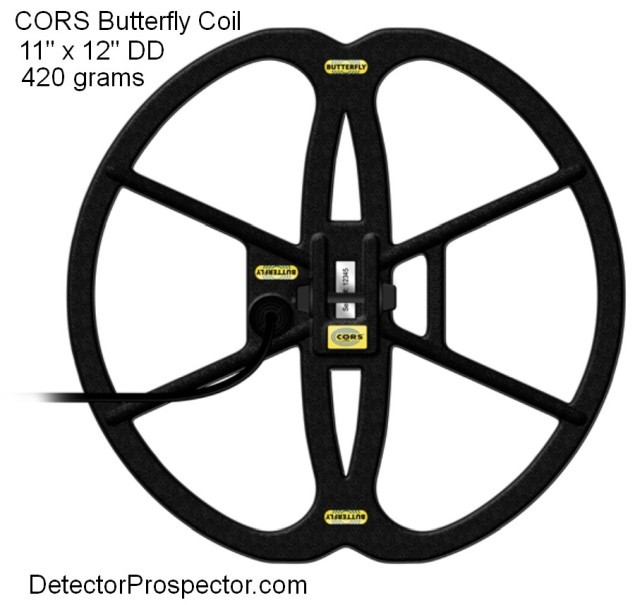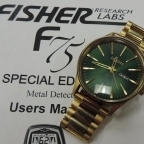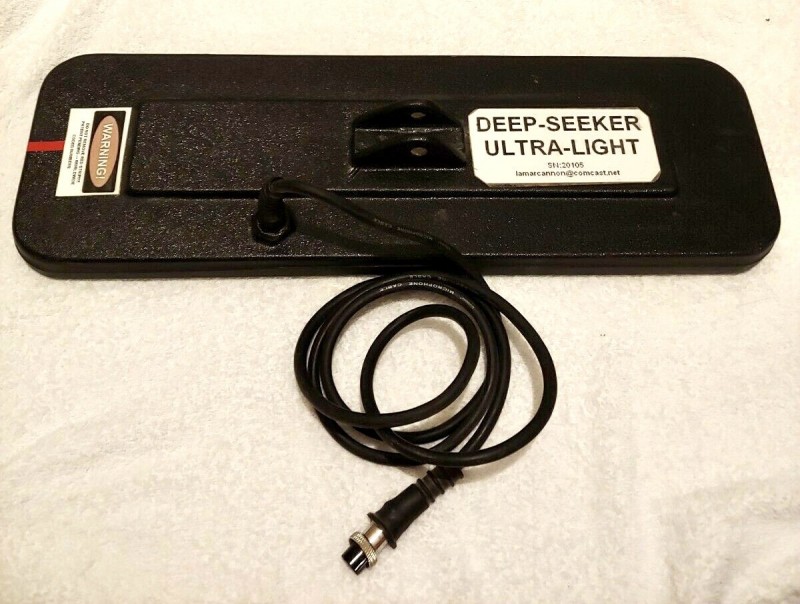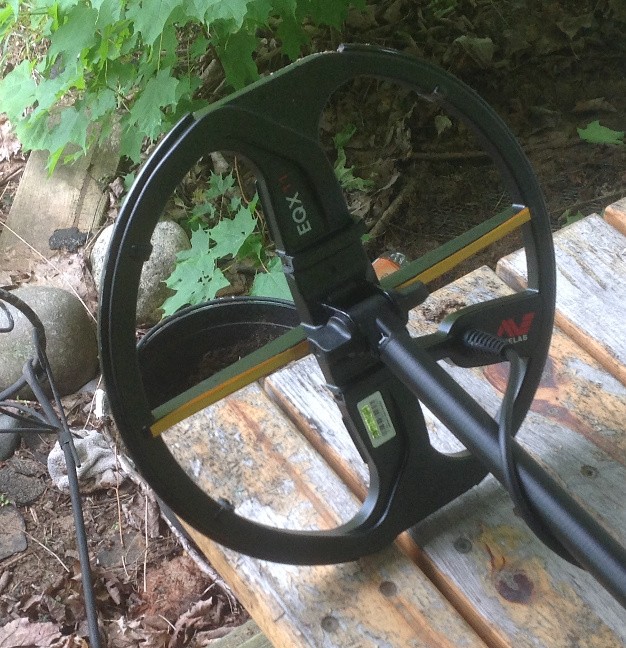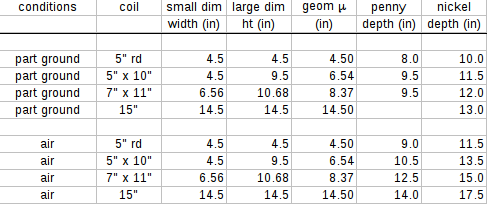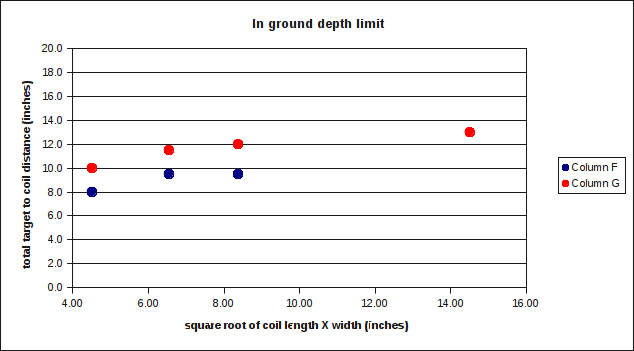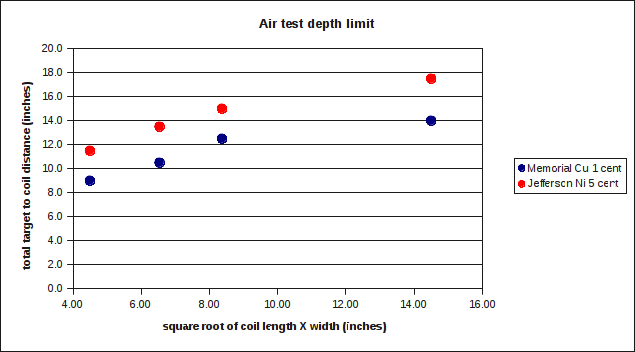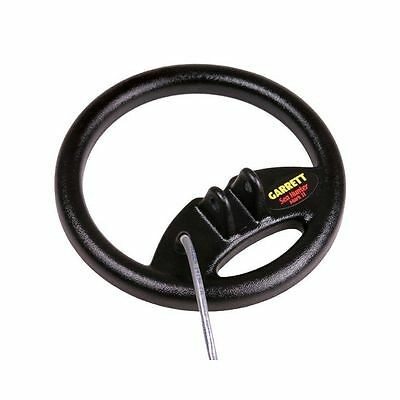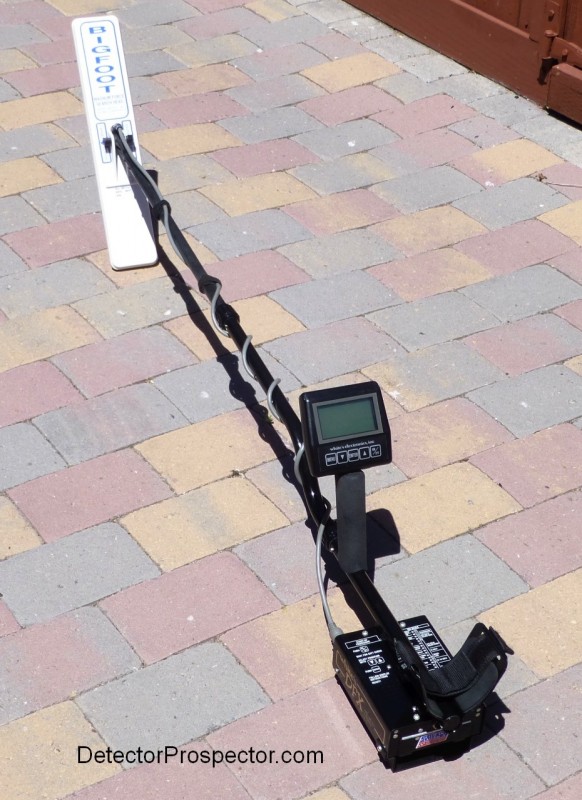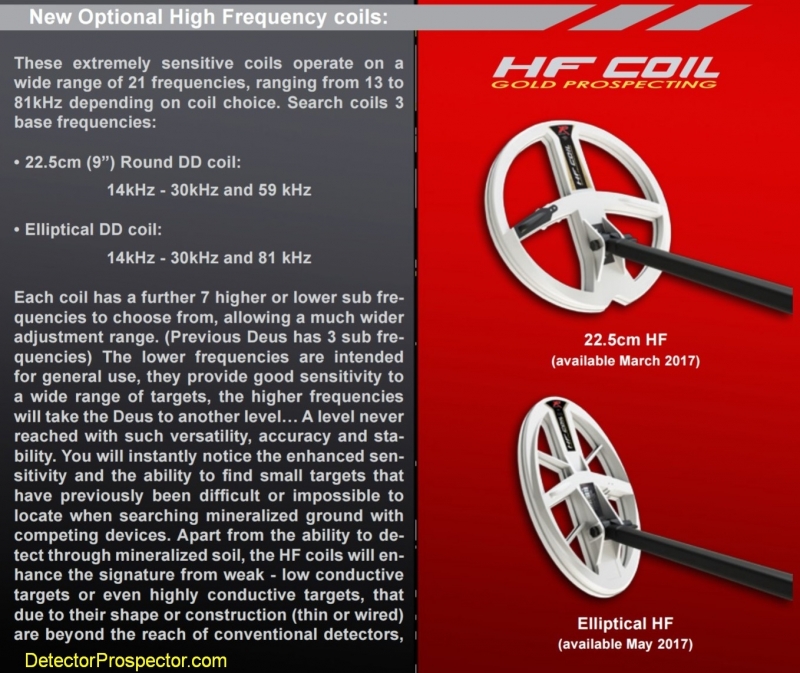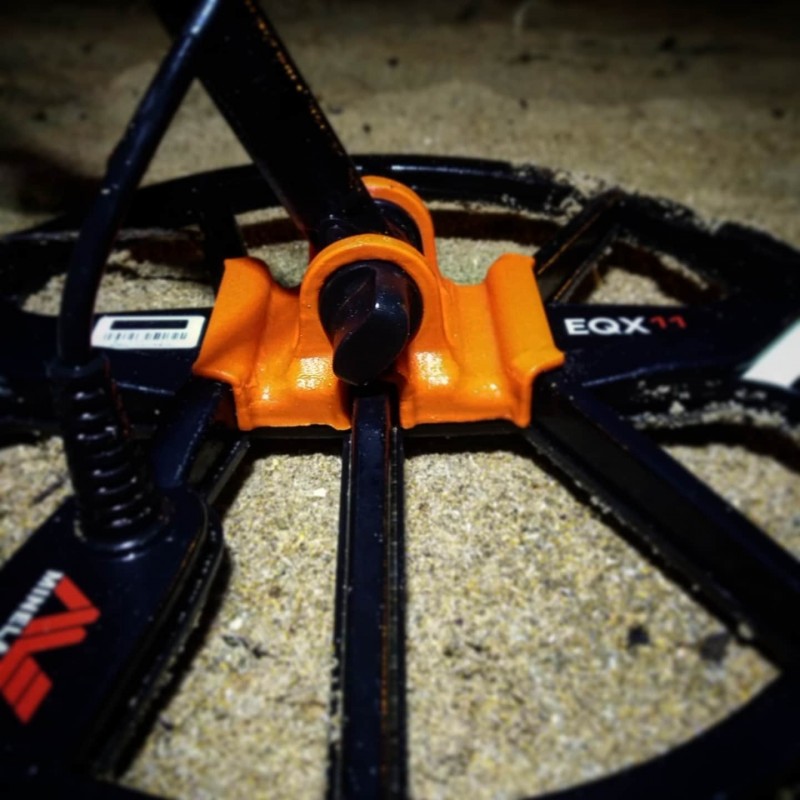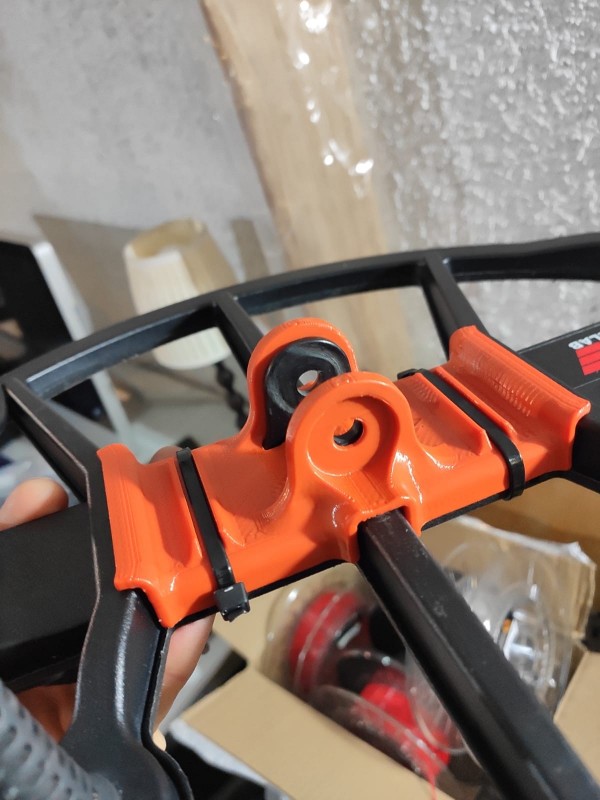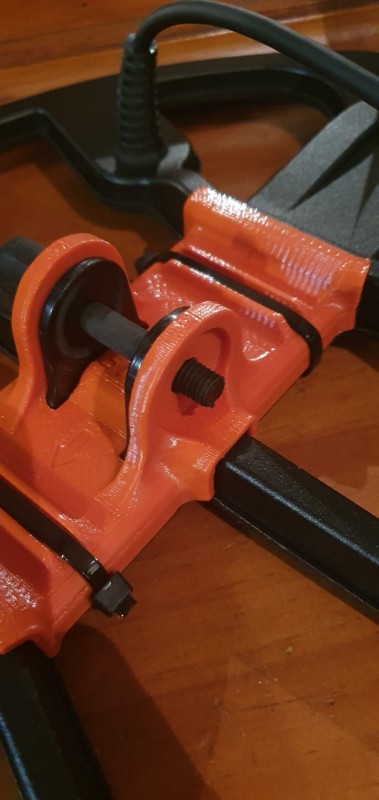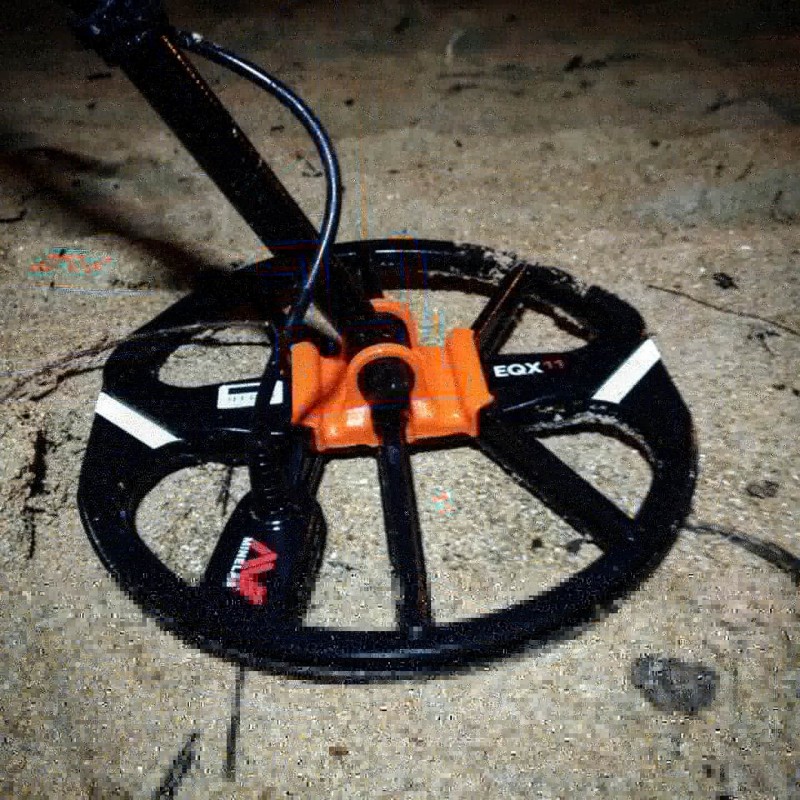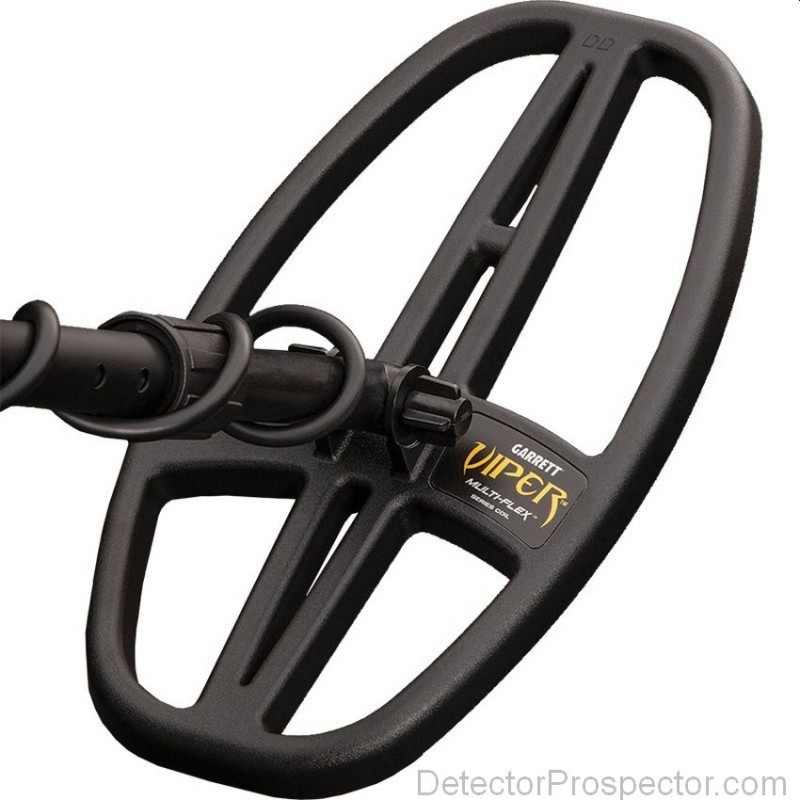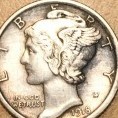Search the Community
Showing results for tags 'coils'.
-
Been keeping my eyes out for the Nel Super Fly or CORS Butterfly 12w X 11 long coil. Weighs 420g. Seen some for Garrett AT Series and ML Soverign. https://corscoils.com/product/butterfly/ Hopefully more will come over to the states. Looking for a bigger coil for my MK.
-

TDI Beachunter Coil Swap + Battery Mod Done...
Skull diver posted a topic in White's Metal Detectors
After a busy week, doing an effort between heavy rain interruptions, I finally finished this work! Thanks for all people involved in this project for their knowledge shared... Underwater test next week(I hope)- 7 replies
-
- detech
- batteries and chargers
-
(and 1 more)
Tagged with:
-
I was wondering what you serious “Water” hunters use to weigh down your coils. Someone once suggested taking a “tube” sock, filling it with sand, tying it in a circle (like an ankle weight) and sliding in over your lower rod having it lay on the coil. I’ve also seen bandanas (to keep you cool) with Silica Gel sewed in to them. They absorb the water and expand making them heavier than they are dry. I wonder if you had enough in there, would that work also? Thanks! Walt
-
I have a slight issue with my 11'' coil. Almost from day one it does not pin point in the center of the coil. It was about 2'' toward the nose, not that big a deal at the time. Now it hits anywhere on the whole edge, which means I have a 11'' pinpoint spot. This is very hard to find center target now. Also it is becoming knock sensitive on grass and gets a little chattery even on good solid targets. This coil is only about 4 months old. That being said who should I contact first, Nokta or the service center in Georgia? Anyone have any experience sending stuff back?
-
Fisher makes a cache coil for the F75. 15" DD Nokta makes a cache coil for the IMPACT. 15 x 17" DD Both offer multiple non-motion static all metal modes; F75 has the DE, BP, and CL operation options for their static all metal mode. . Nokta has the STA and STA(D) static operating modes. I wonder which detector is the better cache hunter? I guess I need to find out. The winner gets the cache coil. Any thoughts? HH Mike
-
There are few things a water hunter needs to be happy when doing his work... A good bottom condition and a well prepared machine to do the job. Many times I found good stuff but really struggling with a coil larger than 10". Vlf or pulse, will depend for the most by the environment type, but talking about coils, there's no comparison for a diver with an 8".Not only saltwater is a reduced problem with it, but between rocks, between waves,between any other thing, I still prefer to use a smaller coil. I'm in love with the AQ performance, for what I can see in multiple videos Joe OBN is publishing, but I only think about a smaller coil to be released soon. I hope Alexandre+FT are already working on this thing, cause otherwise I'll be forced to wait until that moment will be reality. 8" coil is a rule for me.
- 39 replies
-
- beach detecting
- coils
-
(and 1 more)
Tagged with:
-
I just happened across this video and thought I'd post it. I still find any of these simple videos to not include 'off the coil' sensing of a target. They show field restricted to just the edges of the coil. We all know the field is larger than the coil. I say I'm drawn to some of my targets like a moth to a flame. Some days I am better at this than others. It's the FRINGE that can make a difference.
-
Hi all, can anyone advise if the Coil cable attachment to the SDC is the same as GPX 5 pin standard? I noticed that Coiltec have a accessory pack to adapt to the SDC 2300 shaft then use a Coiltec coil instead of the supplied unit. I have old coils that I would like to try out. Wondering what effect using another manufacturers coil would do to the product warranty also, cheers sturt
-
There is a listing on ebay for this coil and I am wondering if it looks like a genuine coil or some type of knockoff.
-
That is 1/4" half round plastic on the edge of the coil. It is on with double sided tape so can be removed. The added weight isn't noticeable. It swept in the water easier. On my Gold Kruzer the coils are thicker a 1/2". I added 1/2" half round and it was noticeably easier to sweep in the water. Now I'm just waiting for my T2 rod for the Nox. It's going to be nice.
-
With the official announcement on May 15 of the (hopefully) mid-summer release of the Garrett Apex there was considerable discussion of the (only) stock coil planned for release and its affects on depth. Within that discussion Chase gave me incentive to do some testing. This post is a result of that, but since I think my testing is applicable to more than just the Garrett Apex I'm creating this post in the general DetectorProspector forum. The gist of the topic there was how much compromise the 6" (wide) X 11" (tall/high - my choice of word) Apex stock would have on depth. As I mentioned I have quite a few coils for each of my detectors, but subsequently I realized there was one detector (Fisher Gold Bug Pro) and coil combinations (5" DD round and 5" X 10" DD elliptical) which would best address this issue. (I also have some other options -- White's TDI SPP and Minelab X-Terra 705 -- but those are a bit less ideal as will be discussed later. Since I have two other coils for the GB Pro I decided to include those for completeness although they add more variables/concerns and thus don't fit quite as neatly as the other two. I initally started with my variable depth test stand which allows me to vary the depth of small targets in 1/2 inch increments from ~ 1" down to 12" depth in the ground. However, in the midst of that part of the study I realized that I have some (likely iron) trash targets in the field-of-view which compromise the tones/measurements. Fortunately I also have two cleanly placed buried coins -- a copper alloy Lincoln Memorial USA penny buried at 5" depth and a Jefferson nickel alloy 5 cent piece at 6 inch depth. Neither of these currently suffers from nearby trash targets. I subsequently altered my study to use those targets for the coil performance tests. Unfortunately these also aren't ideal since under the conditions of testing they are too shallow to determine in-ground depth limits. What I did as a hybrid compromise is to carefully (i.e. measurably, with shims) raise the coil above the ground until the signal disappeared. For a second (more/less confirmation) test, and one that should be easily repeatable by anyone with the same/similar detector and coils, was to then perform a standard air test. Let's start with the conditions of the tests: 1) Ground conditions -- moist ground (we've had a typical wet Spring season), Fe3O4 mineralization measure of 2.5 bars on both the Fisher Gold Bug and Fisher F75 (2.5 meaning that about half the time I see 2 bars and half the time 3 bars). 2) Gold Bug Pro running in "all metal" ("motion all metal" in USA terminology which I like to call minimally filtered), max gain, threshold at 11 (which is about where Kevin Hoagland calls "mosquito buzzing in your ear"), no headphones (so detector's speaker). 3) My precision for "depth" is 1/2 inch. That coincidentally was the height of the shims I used in the hybrid test and also my ability to control the hand-held coin distance in the air test. 4) My determination of (maximum) depth limit was simple. I increased the depth until I thought I could barely detect an audio signal. I then decreased the target-->detector distance by 1/2 inch and required that I subsequently heard a clear signal. If not I reduced the depth/distance and repeated. Here are the raw data results. I'll explain the meaning of the columns shortly. You can see the four coils I tested. The first three are all Fisher manufactured and the last is the NEL Tornado. Rather than to use the nominal product quoted dimensions ('dim' short for 'dimension' in the column headings) I actually measured the coils and interpolated to account for the fact that a coil doesn't typically have a single extent but rather is a bundle, and further that the bundle obviously fits inside the housing. For the closed coils this is obviously more vague but in those cases I just used half an inch less than the housing dimension. An addition oddity is that DD coils aren't really simple ellipses but some overlap of two independent elliptical coils. 'geom mu' is the geometric mean of the two just determined transverse dimensions -- more specifically the square root of their product. Hopefully you'll see later why I calculated that quantity. It's not really relevant for the main conclusions I draw. The last two columns are the actual distances between the target and coil for the limiting distance (see item 4 above). In the case of the air test that is obvious. In the 'part ground' test that is the sum of the depth of the coin in the ground and the height of the coil above the ground for both coins. At this point I think it's worth discussing some caveats/assumptions/limitations of this test. Then if you've stayed with me I'll go a bit farther and hypothesize on how to use these data to draw conclusions for other coils. 1) Although I chose a detector/coils combination that was as consistent as I could be (same manufacturer and same 'width' coil), it has been discussed on this forum previously (sorry, no link) that the quality control of coil manufacture is a difficult task. It's certainly possible, although not necessarily likely, that my 5" x 10" elliptical coil is a high end tail performer among its peers and/or my 5" round is a low end performer. 2) With any measurement, there are in particular systematic errors and biases. I can't "double blind" my method. That is, I do know which coil I'm testing at a given time and if I have a prejudice for or against a certain coil that could show up in the results. Also, statistical uncertainties (more succinctly, how repeatable are my data) can contribute to errors. It is worth pointing out that swinging the heavy NEL 15" coil effectivly makes taking in-ground measurements with it difficult. As a result I was unable to confidently get a max depth reading for the penny using that coil, which is why that cell is blank. No problem with air tests because there, as is standard (?) I mounted the detector in a stationary horizontal position and just 'swung' the targets to determine the (max) limit distances. Again, it's really the 5" round DD and 5" x 10" elliptical DD that are most relevant. The others are include for information purposes but also to add to the plots I show later. As you can see, in these tests there is a clear and significant advantage for the 5" x 10" elliptical over the 5" round in both the hybrid test and in the air test. OK, I now go a bit deeper. Is there a mathematical relationship which can predict coil depth performance if I know the coil dimensions? Compared to above this is another leap into the unknown with additional uncertainties. However, here are a couple plots which seem to indicate relationships between the potential maximum detectable depth and the geometric mean of the coils width and height dimensions. (Sorry for the confusion but the Blue dots in both plots are for the 1 cent piece and the red dots are for the 5 cent piece.) It's better to look first at the 2nd plot -- air test. There appears to be nearly linear relationship between max depth and the geometric mean of the coil's dimensions, although it appears to trail off with the large (NEL) coil. Superimpose upon that the effects of ground noise and you see a further deterioration both in absolute depth and also in the trend which is shown in the first plot. Simply put, it is well known that mineralized ground, even moderately mineralized as in my back yard, negatively affects attainable depth. The larger the coil, the more ground it "sees", and thus the more ground interferes with performance. I'll finish by pointing out that this isn't the first study I've made. Back 3 years ago when DetectorProspector member Karelian made detailed measurements of a large collection of mono coils on a White's TDI in both ground and air, I noticed the depth vs. geometric mean relationship. However, without a theoretical (physics/engineering) reason to expect this relationship, at this point it's merely a convenient correlation. Karelian's data are further muddied by the fact that the coils studied have many manufacturers: Coiltek, White's, Miner John, Nugget Finder, Minelab,... I could show those results but I think I'll await the reactions to the above. I can also do more tests (e.g. with the X-Terra although there is not clean comparison of round vs. eliptical coils with the same width, at least in my collection) or repeat these. I await your posted reactions (including yawns 😁).
-
I'm so bored of my 12" dual field coil on my TDI bH that I now want to change the coil with an 8" mono. I know this can be a stupid question, but I try to ask... Can a Garrett Sea Hunter coil be adapted on the TDI? I need an open design coil to hunt underwater... The only other option is a Detech closed 8" mono...Which will float even more than now cause of the tdi control box balloon like buoyancy... Shoot your answers please mates!!!
-
You maybe thought I sold it - no way! I am the original owner of this Bigfoot coil and it is treated like the gem it is. It certainly is not going anywhere. However, I have bounced it back and forth between several detectors over the years. It started on a DFX, the went to a Vision, then an MXT, then a V3i, then a DFX, then back to a V3i.... and now back to a DFX. I really love the V3i, but the Bigfoot coil was not designed for it, and it has erratic performance that I just can't really get used to. Specifically, the 22.5 kHz frequency target id numbers triple in value, and this makes everything on the high end, like all coins, wrap around into a ferrous reading. This creates an intriguing expanded low end VDI range with a 100 point spread between ferrous and a nickel. But it make running in multifrequency pretty weird. It also seems to throw the multi ground balance off, which makes sense as 22.5 kHz is involved in that. I really only get stable operation running in 7.5 kHz single frequency. But then why bother? I love the features the V3i offers, but getting solid stable performance with the Bigfoot coil is questionable at best. So I decided to go back to the DFX, again, and found a clean one at a decent price on eBay. Many DFX are overpriced right now, going for up to $500, but with shopping you should pay half that. I got a clean one delivered to me for $260. The detector will be dedicated to the DFX, and the 950 concentric will help fill out my V3i coil collection, which right now includes the new D2 coil and a 6" concentric. The 950 may not be V rated so remains to see if the gain can be maxed out on the V3i. Be fun to get out again with this all time favorite combo of mine. White's DFX with Bigfoot coil
-
For those folks who have used both the 9” round HF coil and 5” x 9” elliptical HF coil, if you could have only one, which would it be and why? Thanks in advance for any responses. 22.5cm (9”) Round DD coil: 13 to 15.7kHz, 26 to 31kHz, 50 to 59kHz 24 x 13cm Elliptical DD coil: 13 to 15.7kHz, 26 to 31kHz, 68 to 81kHz
-
After trying several reinforcements and lasting very little, I have found one that has nothing to do with the others. The person who makes them is an aeronautical engineer. I leave you some photos in case anyone is interested. I have been using it for several months and I can recommend it. It also makes more parts, such as armrests for different crutches, the part for catching the coil, parts for mounting the electronics on different crutches, etc.
-
Was just getting ready to order the equinox and noticed that apparently minelab only makes double d coils for it. Will a double d coil work ok in non-mineralized soil??
-
Hello all, I was reading Steve's post on "Best detector values under $500 dollars"! And noticed something! I noticed that MineLab is the only manufacturer that listed the operation temperature, and storage temperature of their equipment! Being a Native of South Florida with its oppressive heat, humidity, and salt air, most of the year! I have experienced first hand what happens to electronics, plastics, adhesives, etc... that many of you in certain States, and Country's, have also experienced! Suffice it to say to the uninitiated, that it is a bad idea to leave these items in an enclosed vehicle for an extended period of time!♨️ The last couple of weeks, i have been trying to figure out if coil or detector color, can adversely affect function and longevity, in these types of conditions! (not just inside vehicles)! Proof has been hard to find, without the advantages that the designers, and bench testers, have at their disposal! I know "most" electronics have overload protection built in; from energy spikes , as well as heat! That would be an obvious "failure"! But short of this "failure", will detection depth, or circuit function be appreciably reduced based solely on the surface, and internal temps of the parts themselves? Especially the copper windings of the coil! Are PI detectors more likely to suffer, due to the added power output? And is this a cumulative, or situational effect that goes unnoticed? ( loss of depth with hot coil, or circuit function)! Just wanted to get that out there for any input you all have!! Based on the huge knowledge base on this forum!👍👍
-
hi steve! what do you think of this new coil? do you believe it is good for trashy sites? it appears to be a "compromise" to me! (h.h.!) j.t.
-
I have a question regarding Whites DF coils on the TDI Pro or 'sl' and other variations,i am aware the difference between say a DD and Mono coils etc,but how would the experts describe the DF coils as in the stock and 7.5'' DF coils are these classes as 2 Mono coils within one another or have i got this completely wrong. As far as i can tell both the inner and outer coils within the coil case operate complete independent from one another,anyone have knowledge on how one would describe these DF coils,of course i could be totally wrong and would like some help from the electronic whizzkids 🙂 Many thanks
-
Responding to Peter in SA. Back in the mid 1980s I had been involved in the introduction of the Minelab GS15000 metal detector at Wedderburn in central Victoria. The early Minelab crew were a bunch of clever people from Adelaide university who got together to produce an Australian made metal detector which could challenge the big American companies. Wedderburn was chosen for testing and development due to its reputation of having very mineralized, difficult soil conditions. A number of Australian built detectors had failed to live up to expectations, defeated mainly by the hot soil conditions in Western Australia and central Victoria. The GS15000 proved to be a better machine for these conditions than its competitors and soon gained acceptance throughout the gold detecting fraternity. Craig Hughes, who was part of that early team came up with the idea of a coil towed behind an ATV. An area near the famous 'potato patch' just out of Weddurburn was chosen for testing, using a Honda three wheel ATV (horrible unstable beast of a machine). The coil was fairly small, but I can't recall the exact size. A GS15000 provided the electronics, and although noisy, did work with a small bit of gold recovered. (a few grams) Even though the manual ground balance made for uncomfortable detecting, the concept had been proven, much to our surprise. In 1987 I was involved with the testing of the GT16000, which was the first ever automatic ground tracking. This machine was a major breakthrough and really put Minelab on the map as a serious contender for the title of the world's best gold detector. It dawned on me that the feasibility of tow detecting was a reality now that a detector could stay balanced automatically, and I contacted Don McCoy, one of the original Minelab team and asked him to build me a coil suitable for towing. The result was a rectangular coil about 3' x 2' which was very stable and sensitive. I purchased a Yamaha 4 wheel ATV as a tow vehicle and with the addition of a suppressor managed to keep the EMI to a minimum. The first day of testing yielded a 6oz lump, which was a big surprise, and paid for the ATV in one hit. I sent Don some nice specimens as payment for the coil. I later sold that coil through Miners Den in Melbourne when the SD2200 was introduced. The SD2200 was of course the first auto ground tracking pulse induction detector, and naturally I soon made plans to adapt this concept to 'sledding'. John Hider-Smith, Ian Jaques and myself had been involved in prototype testing of Minelabs first pulse induction detector, and Bruce Candy had taught john how to wind mono coils. One of Johns coils was used in the first PI tow coil testing where we discovered that a 4 stroke engine was not feasible due to the high susceptibility of PI to EMI. With experimentation we discovered that diesel was the way to go as no spark was required for the engine to run, and an isolation switch for the alternator solved any EMI problems. We later used a GPX4000 which worked even better. I have to close now due to having to shut down internet but will add further details later.
-
I’ve always been interested in this platform, someday I’ll find one for the right price and jump on it. With the talk of the new BountyHunter offering I was poking around reading posts and watching videos regarding these machines and stumbled across an odd one. According to the First Texas coil chart this coil isn’t supposed to work with this platform, yet here is Bill from DirtFishing using the little 6” concentric elliptical for the F70/75 on the F19???? Anyone else have any experience with this?? He doesn’t show any steel bottle cap responses unfortunately but this could add to these machines ability for foil/jewelry hunting in those bottle cap ridden park/picnic areas
-
Interesting reading if it works .....: Use Google translate for those not fluent in Russian I saw a similar post years back with Deus coils on GEOTECH it MAY be the reason why you can buy some electronic units only in Russia I am well tempted to build another nox for cheap.................... http://foxmd.ru/index.php?route=product/category&path=77_92 enjoy RR
-
Someday I hope to wake up in a world where I can order the detector directly from the manufacture with the coil I want. Right now White's and Teknetics are selling factory direct. OK, so where is my advantage? It's the factory. Let me order the detector and coil I want and stick it in the box and ship it to me. I can understand dealers not wanting to open already boxed units but the factory should not care. Keep some units unboxed and waiting for my order and ship me what I want. It is only a matter of time before somebody gets gutsy enough to do this and more. When I sold Ski-Doo snowmobiles you used to get what you got. Now you can pre-order machines and have them shipped from the factory with all kinds of custom options. Like custom decal sets... another good idea that detector companies could steal. It would be a blast to have a website where I could go, pick a detector, have a couple rod and handle options to choose from (S rod, straight rod, tall man rods, fat handles and skinny handles), different color and/or decal options, and of course whatever coils I want. Build it and see it built online and then order and ship. If this means I wait a little longer or pay a few more bucks, that's fine. Want to see it in action? Go online here and build your own Ski-Doo. It gets real fun when you get to the accessory page and you can see your model change as you add and subtract options. Where is the company that will break the mold and think out of the box when it comes not just to building detectors, but marketing and selling them in new and creative ways?

